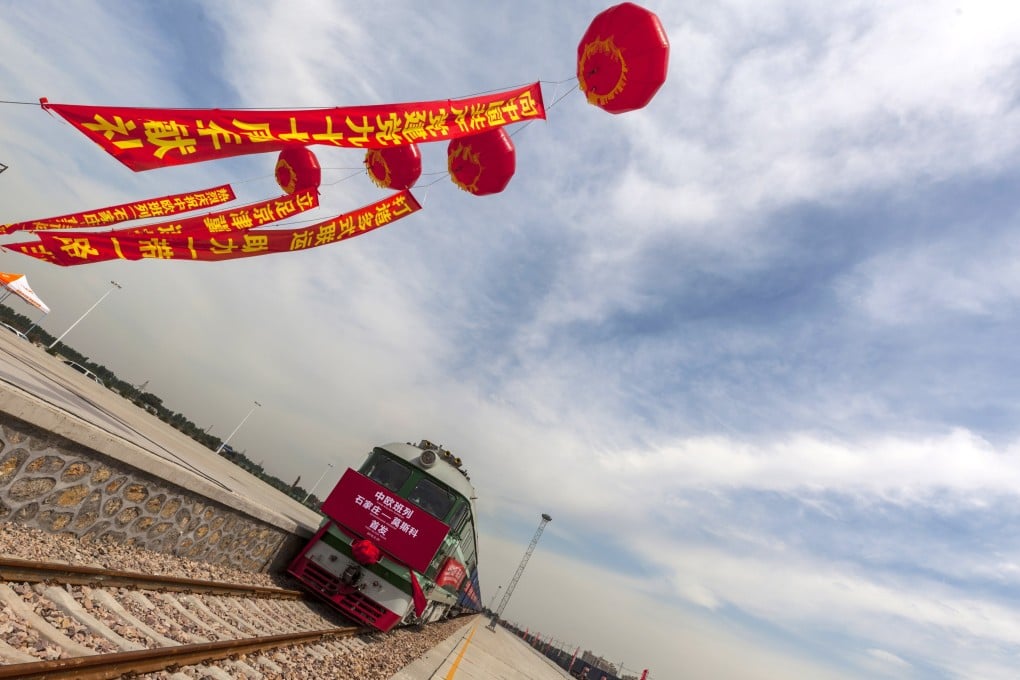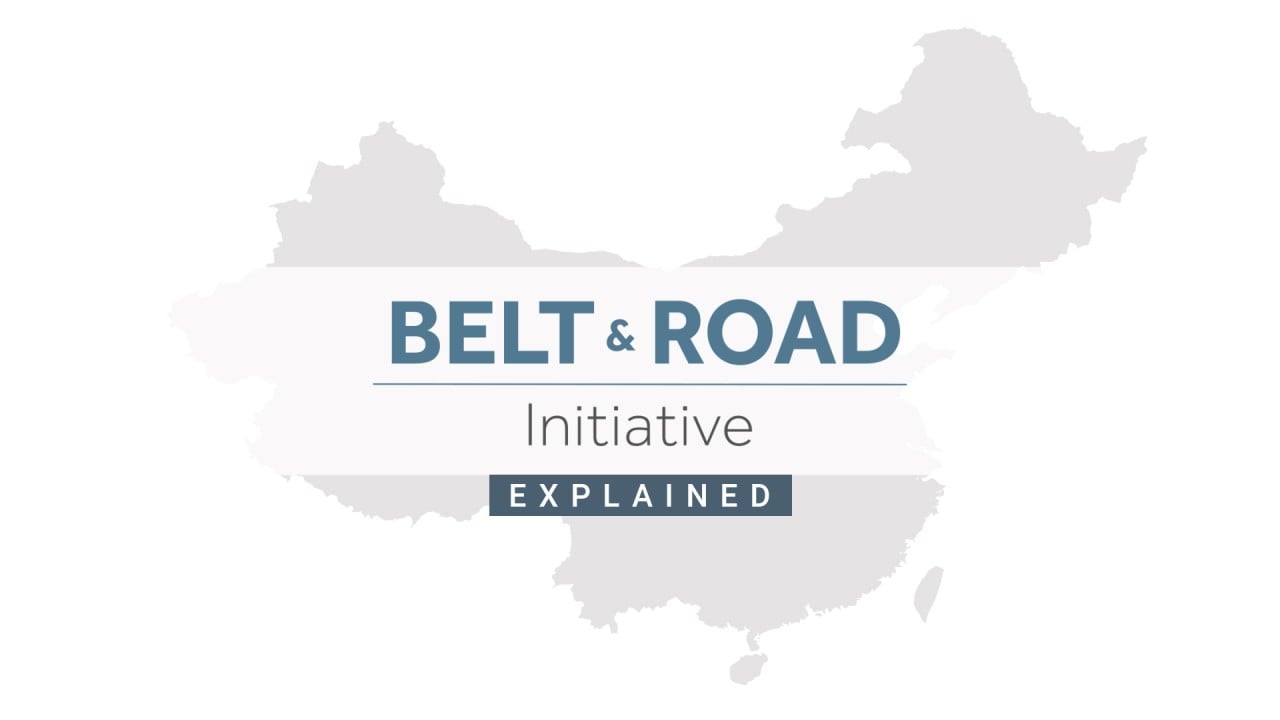Advertisement
Explainer | How will China’s Belt and Road Initiative fare when partners Russia, Ukraine are at war?
- China’s ambitious plan to grow global trade has resulted in collaborations with 147 countries and 32 international organisations, but an uncertain outlook has cast a pall on development
- Chinese authorities recently acknowledged that geopolitical risks facing the belt and road project are mounting, though Beijing is attempting to maintain ‘normal’ ties
Reading Time:4 minutes
Why you can trust SCMP
9

Like the rest of the world, China is watching closely as Russia’s invasion of Ukraine unfolds, while also bracing for the impact of escalating Western sanctions against Russia.
Advertisement
As the largest trading partner of both Russia and Ukraine, China has a lot at stake, especially as the warring nations are both participants in the Belt and Road Initiative – China’s ambitious plan to grow global trade with billions of dollars worth of investment and infrastructure projects.
Physical dangers; communication and transport cutoffs; and dire financial uncertainties are already straining China’s investment plans in the region.
The war is bound to drastically affect the global economic order. Moving forward, China must assess the headwinds it is facing, while rethinking how to proceed with its expansive infrastructure plan in warring countries and the rest of the world.
What is the Belt and Road Initiative?
President Xi Jinping announced the Belt and Road Initiative in 2013. The land route of the globe-spanning infrastructure project traverses through landlocked Central Asia, in an area known as the Silk Road Economic Belt. And the sea route entails Southeast Asia, South Asia, the Middle East and Africa, known as the Maritime Silk Road.
Advertisement

Advertisement
